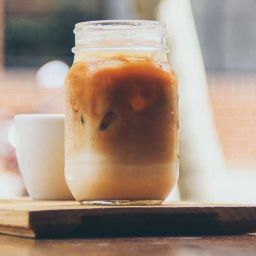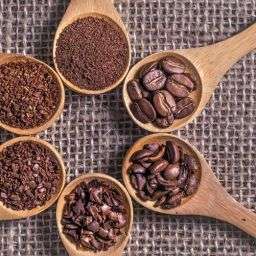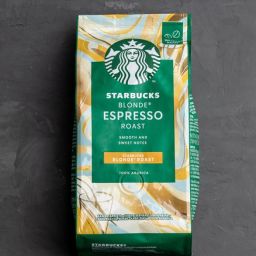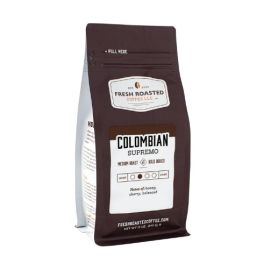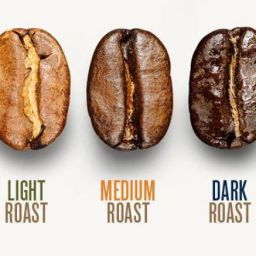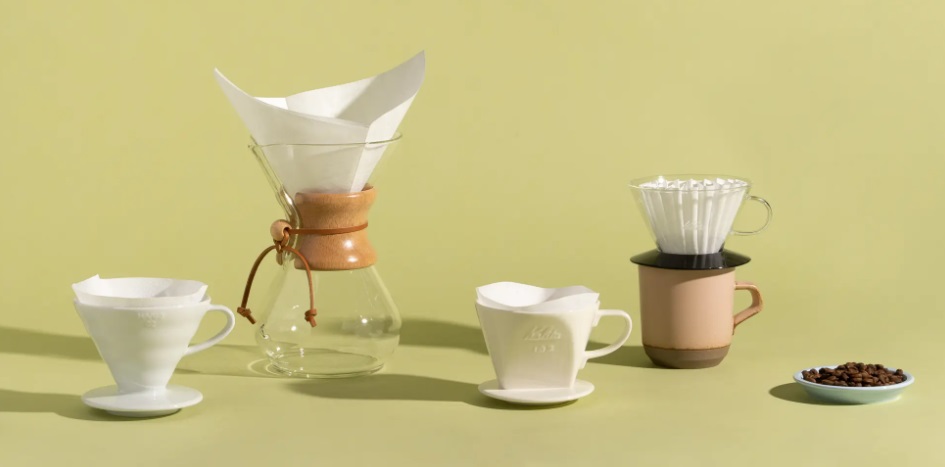
Pour over coffee has become a favorite for coffee enthusiasts around the world, celebrated for its ability to highlight intricate flavors and aromas that other brewing methods might miss. This manual brewing process involves pouring hot water over coffee grounds, letting it flow through a filter and into a carafe or mug below. It’s not just about making coffee; it’s about crafting a cup that’s perfectly tailored to your taste. The magic lies in the control it offers—over every variable in the brewing process, from water temperature to flow rate.
The importance of accessories in achieving the perfect pour over cannot be overstated. Each tool plays a critical role in the precision and care required to brew a cup that stands apart. It’s these accessories that transform the pour over method from a simple coffee-making process into an art form.
Key Takeaways
- Gooseneck Kettle: The swan-like neck allows for slow, steady, and precise water flow, crucial for even extraction and a balanced brew.
- Burr Grinder: Freshly ground coffee is non-negotiable for flavor. A burr grinder ensures consistent grind size, a critical factor in brewing.
- Scale: Precision is key in pour over coffee. A scale ensures you use the exact amount of coffee and water every time, for consistent results.
- Pour Over Dripper and Filters: These are the heart of the pour over method. The choice of dripper and filter affects the coffee’s contact time with water and, consequently, its taste and aroma.
- Thermometer: Temperature control is vital. Too hot, and your coffee will taste burnt; too cool, and it’ll be under-extracted. A thermometer helps you hit the sweet spot.
The Gooseneck Kettle: Precision in Pouring
A gooseneck kettle is the unsung hero of the pour over world. Its distinctive, curved spout allows for a slow and precise water flow, ensuring even saturation of coffee grounds. This precision is vital for a balanced extraction, where every flavor note can shine through. Whether you’re a seasoned barista or a home brew enthusiast, mastering the pour begins with the right kettle.
The Burr Grinder: Freshness and Consistency
Freshness and consistency are the hallmarks of great coffee, and a burr grinder delivers both. Unlike blade grinders, which chop beans unevenly, burr grinders crush coffee beans between two surfaces. This method ensures uniform grind size, critical for even water flow and extraction. Freshly ground beans, thanks to their intact flavor compounds, also elevate your coffee’s taste profile.
Scales: The Key to Consistency
In pour over brewing, consistency is king, and a good scale is your best advisor. Measuring your coffee and water by weight (not volume) ensures you repeat your perfect cup with scientific precision. It’s not just about the right ratio; it’s about replicating your masterpiece day after day. With a scale, you become the master of your brew, able to tweak and refine to perfection.
Drippers and Filters: Choices and Considerations
The choice between metal, glass, or ceramic drippers impacts your coffee’s heat retention and flavor profile. Metal drippers, like the stainless steel V60, offer durability and heat retention, ideal for a consistent brew temperature.
Glass and ceramic versions, while also maintaining temperature well, can influence the flavor in subtle, distinct ways. Filters also play a role, with paper offering a cleaner cup and metal filters allowing more oils and fines through for a fuller body.
Thermometer: Achieving the Perfect Temperature
Water temperature can make or break your pour over coffee. Too hot, and you risk over-extraction and bitterness; too cool, and your coffee will be under-extracted, lacking depth. A thermometer removes the guesswork, ensuring your water is within the ideal brewing range (195°F to 205°F). This control is crucial for unlocking the full potential of your coffee beans, letting you enjoy the nuanced flavors and aromas they offer.
Advanced Accessories for Enthusiasts
For those diving deeper into the craft of pour over coffee, digital timers and smart scales become invaluable. These gadgets elevate your brewing precision, tracking both weight and time to ensure a consistent brew every single time. Smart scales, which often come with integrated timers, offer the added benefit of syncing with mobile apps for logging and refining your brewing recipes. This level of control allows enthusiasts to experiment with different brewing times and ratios, honing in on the perfect cup.
Specialty Filters and Drippers
The pursuit of the perfect pour over doesn’t stop with scales and timers. Specialty filters and drippers, like the Hario Woodneck Drip Pot and E&B Lab Flower Dripper, introduce unique variables and aesthetics to the brewing process. The Woodneck, with its cloth filter, offers a cup with remarkably clean flavors, free of the paper taste that some find in traditional filters.
The E&B Lab Flower Dripper, compatible with both Chemex and Hario filters, allows for versatility in brewing style and filter choice, making it a beautiful and functional addition to any coffee aficionado’s collection.
Pour Over Coffee Pouring Techniques
The bloom is a crucial first step in the pour over method, where hot water is first introduced to the grounds, causing a release of gas and a bubbling up of the coffee bed. This process is essential for even saturation and extraction, as it prepares the coffee by releasing any trapped carbon dioxide, ensuring the water can properly penetrate and extract flavors from the grounds.
Pulse Pouring vs Continuous Pouring
The technique used in pouring the water over the coffee can significantly affect the brew. Pulse pouring involves adding water in intervals, allowing brief moments for the coffee to drip before the next pour. This method helps control the extraction rate and can adjust the brew strength. Continuous pouring, on the other hand, is a steady and unbroken stream of water, requiring skill to maintain an even flow and saturation.
Both techniques influence the final cup’s flavor profile, with pulse pouring often leading to a more nuanced extraction and continuous pouring offering a consistent and thorough saturation.
FAQs
What is the best pour over coffee ratio?
The golden ratio for pour over coffee is often cited as 1:16, meaning one part coffee to sixteen parts water by weight. This ratio serves as a great starting point, but feel free to adjust based on your taste preferences. Some prefer a stronger cup and might lean towards a 1:15 ratio, while others looking for a lighter taste might prefer 1:17.
How do I choose the right pour over coffee accessories?
Choosing the right accessories starts with identifying your brewing goals and preferences. A gooseneck kettle is essential for control, a high-quality burr grinder for consistency, and a scale for precision. Consider the material and design of drippers and filters based on the flavor profile you prefer. Research and experimentation are key to finding what works best for you.
Can I use regular coffee for pour over?
Yes, you can use regular coffee for pour over brewing, but for optimal flavor, choose freshly roasted, high-quality beans. The grind size should be medium-fine, similar to sea salt. The quality and freshness of your coffee significantly impact the taste, so investing in good beans and grinding them right before brewing is recommended.
Final Thoughts
Pour over coffee brewing is both an art and a science, offering a hands-on approach to crafting your perfect cup. Remember, the essentials—like a gooseneck kettle, a quality grinder, a precise scale, and the right dripper—are just the beginning. Each element, from the water temperature to the pour technique, plays a crucial role in the flavor of your brew.




